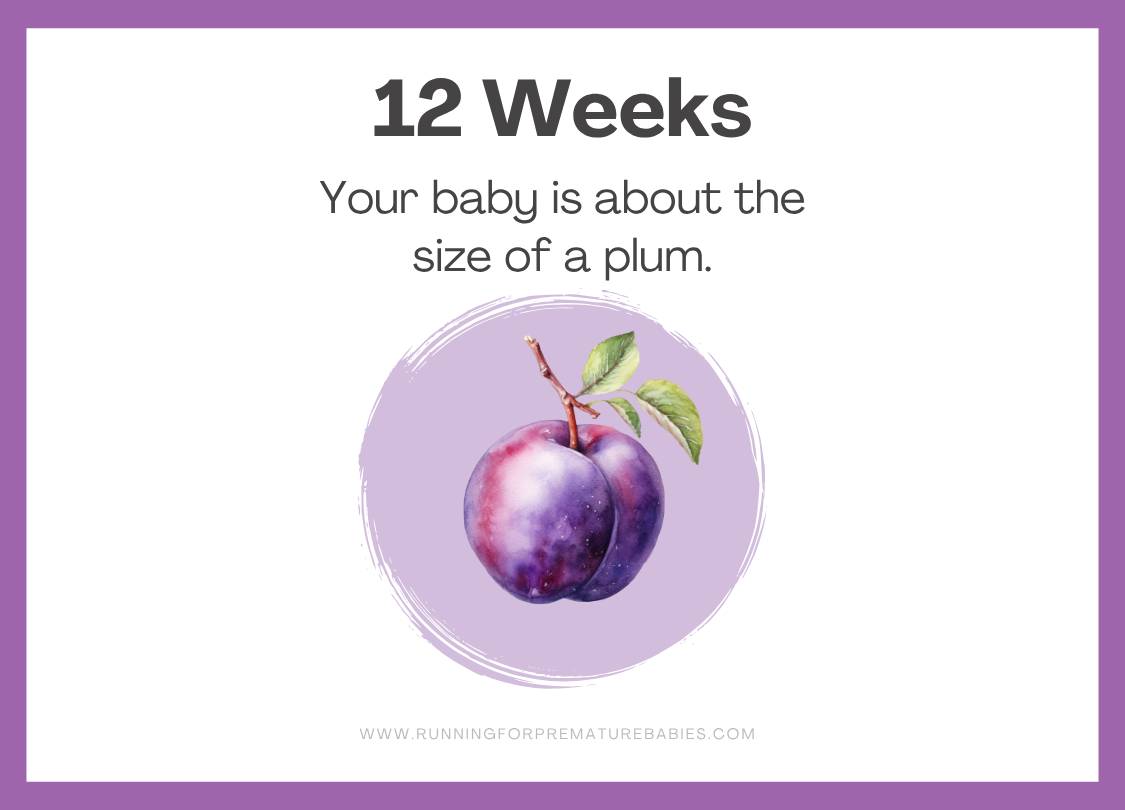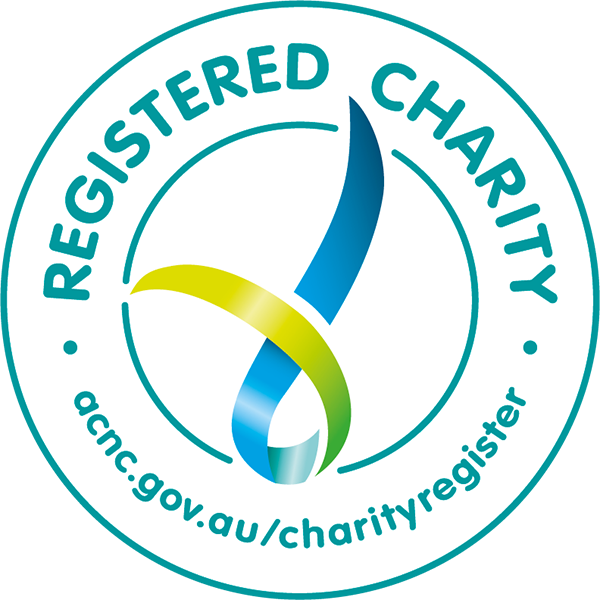Key Milestone Weeks in Pregnancy: First Trimester (3-13 Weeks)
Summary:
At 12 weeks pregnant, you're wrapping up your first trimester. Your baby is now around 6 cm long, the size of a plum, with fully formed organs, visible facial features, and tiny fingers and toes. Their digestive system is starting to function, and the kidneys are producing urine. You might notice a small bump, fuller breasts, and more energy as morning sickness begins to fade. A 12-week ultrasound typically confirms gestational age, checks for multiple pregnancies, and screens for chromosomal conditions. Miscarriage risk drops significantly at this stage, and some people may choose to find out their baby's sex via NIPT or ultrasound.
At 12 weeks pregnant, you are at the end of your first trimester, and some exciting developments are happening for both you and your baby
At 12 weeks pregnant what is happening inside my body?
At 12 weeks pregnant, you might notice the beginnings of a baby bump, especially if this isn’t your first pregnancy. Many people start to feel a bit more energetic as morning sickness begins to ease. You may also notice mood swings begin to stabilise and appetite increase. Hormonal levels are peaking and soon the placenta takes over hormone production from the corpus luteum.
You may have increased vaginal discharge, and your breasts may feel fuller and more tender. You might also see more visible veins due to increased blood flow. These changes are all signs that your body is working hard to nourish and protect your baby.

By 12 weeks pregnant, your baby is about 6 cm long and around the size of a plum. All major organs have formed, and the heartbeat can often be heard during a checkup. Fingernails and toenails may start forming, and the baby can open and close its hands. The brain continues to grow, and nerve cells are multiplying rapidly. Tiny fingers and toes are fully developed, and facial features like the nose and chin are becoming more defined. The digestive system is beginning to function, and the kidneys are producing urine. Although you won’t feel it yet, your baby is starting to make small movements inside the womb.1
Get Involved
Run with us
Choose your event and get started
Donate
Help us purchase life saving neonatal equipment for hospitals in Australia
Join the Premmie Marathon Challenge
Choose your own distance and activity to complete in November
FAQs
What’s the risk of miscarriage at 12 weeks
At 12 weeks pregnant, the risk of miscarriage drops significantly. While up to 1 in 5 pregnancies may end in miscarriage before 20 weeks, the likelihood decreases as the pregnancy progresses. By the time you reach 12 weeks the risk of miscarriage is estimated to be around 1–2% for most people. This is because the baby’s major organs are formed, and many of the early developmental risks have passed. However, individual risk can vary based on factors like age, medical history, and previous pregnancy outcomes. If you have concerns, it is always best to speak with your GP or midwife for reassurance and guidance.
What should I be eating at 12 weeks pregnant?
Continue focusing on iron, calcium, and folate-rich foods. Omega-3s (from fish or flaxseed) support your baby's brain development. Stay hydrated and eat small, frequent meals if nausea persists.
Can I exercise or return to work at 12 weeks?
Most people can continue working and enjoy safe exercise. Walking, swimming, and prenatal yoga are beneficial. Always listen to your body and consult your healthcare provider if unsure.
When will I start showing more clearly?
Most first-time pregnancies show a noticeable bump between weeks 12–16, but this varies. People with previous pregnancies may show earlier due to already stretched abdominal muscles.
Can I find out the baby’s sex at 12 weeks?
You can potentially find out your baby’s sex at 12 weeks, but it depends on the method:
Non-Invasive Prenatal Testing (NIPT)
- This is a blood test available from 10 weeks of pregnancy.
- It can detect the baby’s sex with high accuracy by analysing foetal DNA in your blood.
- It also screens for certain chromosomal conditions like Down Syndrome.
Ultrasound
- A 12-week ultrasound may give a clue about the baby’s sex, but it’s not always reliable at this stage.
- Most people wait until the 18–20 week anatomy scan for a more accurate result.
If you're considering NIPT, it’s best to speak with your doctor or midwife about whether it’s right for you and what it can tell you.
What does a 12-week ultrasound show?
A 12-week ultrasound, often called the first trimester or dating scan, provides a detailed look at your baby’s early development and helps confirm key aspects of your pregnancy. Here's what it typically shows:
- Gestational age and due date: The scan measures your baby (crown-rump length) to estimate how far along you are and confirm your due date.
- Heartbeat: The baby’s heartbeat is usually visible and can be measured to ensure it is within a healthy range.
- Number of babies: It confirms whether you’re having a single baby or multiples.
- Basic anatomy: The scan checks early development of the baby’s head, limbs, and organs.
- Placenta location: It identifies where the placenta is forming in your uterus.
- Nuchal translucency (NT) measurement: This is a fluid measurement at the back of the baby’s neck, used in combination with a blood test to assess the risk of chromosomal conditions like Down Syndrome.
This scan is a key part of prenatal screening and is usually offered between 11 and 13 weeks. It is safe, non-invasive, and often the first time you will see your baby moving on screen.
Early Pregnancy Care Principles
The latest guidelines and care principles for early pregnancy include:
- Early antenatal visits: Are encouraged to confirm the pregnancy, estimate gestational age, and begin discussions about lifestyle, nutrition, and mental health.
- Folic acid supplementation: Strongly recommended to reduce the risk of neural tube defects, which are forming around week 5 of pregnancy.
- Screening for risk factors: This includes assessing for miscarriage risk, preeclampsia, and mental health concerns like anxiety or depression.
- Lifestyle guidance: Advice on avoiding alcohol, tobacco, and certain medications is emphasised early on, along with support for healthy eating and physical activity.
- Cultural and individualised care: The guidelines stress the importance of woman-centred care, especially for Aboriginal and Torres Strait Islander women, migrants, and those with complex needs.
Related reading:
What to expect when you're 3-4 weeks pregnant
What to expect when you're 5 weeks pregnant
What to expect when you're 6-9 weeks pregnant
What to expect when you're 10 weeks pregnant
If you would like to run with us, either in memory of a precious baby, to celebrate new life, or simply to add purpose to your fitness journey, click here to find out how you can help give babies a better chance of survival.
This information has been reviewed by Neonatologist, Dr John Smyth.
Pregnancy, Birth and Baby. (n.d.). Pregnancy, birth, and baby. Australian Government. Retrieved 20th June 2025 https://www.pregnancybirthbaby.org.au/
Australian Living Evidence Collaboration. (n.d.). LEAPP – Living Evidence for Australian Pregnancy and Postnatal Care. Living Evidence. Retrieved 20th June 2025 https://livingevidence.org.au/living-guidelines/leapp/



